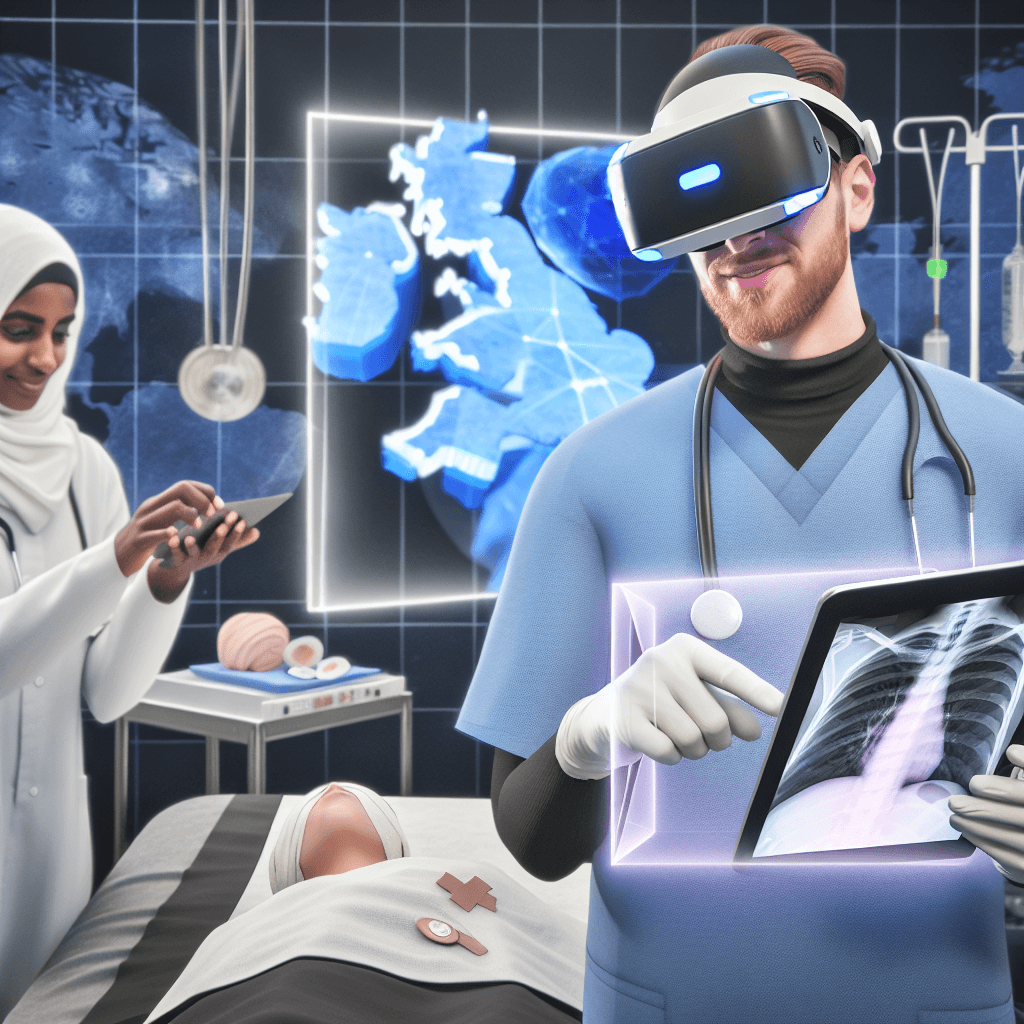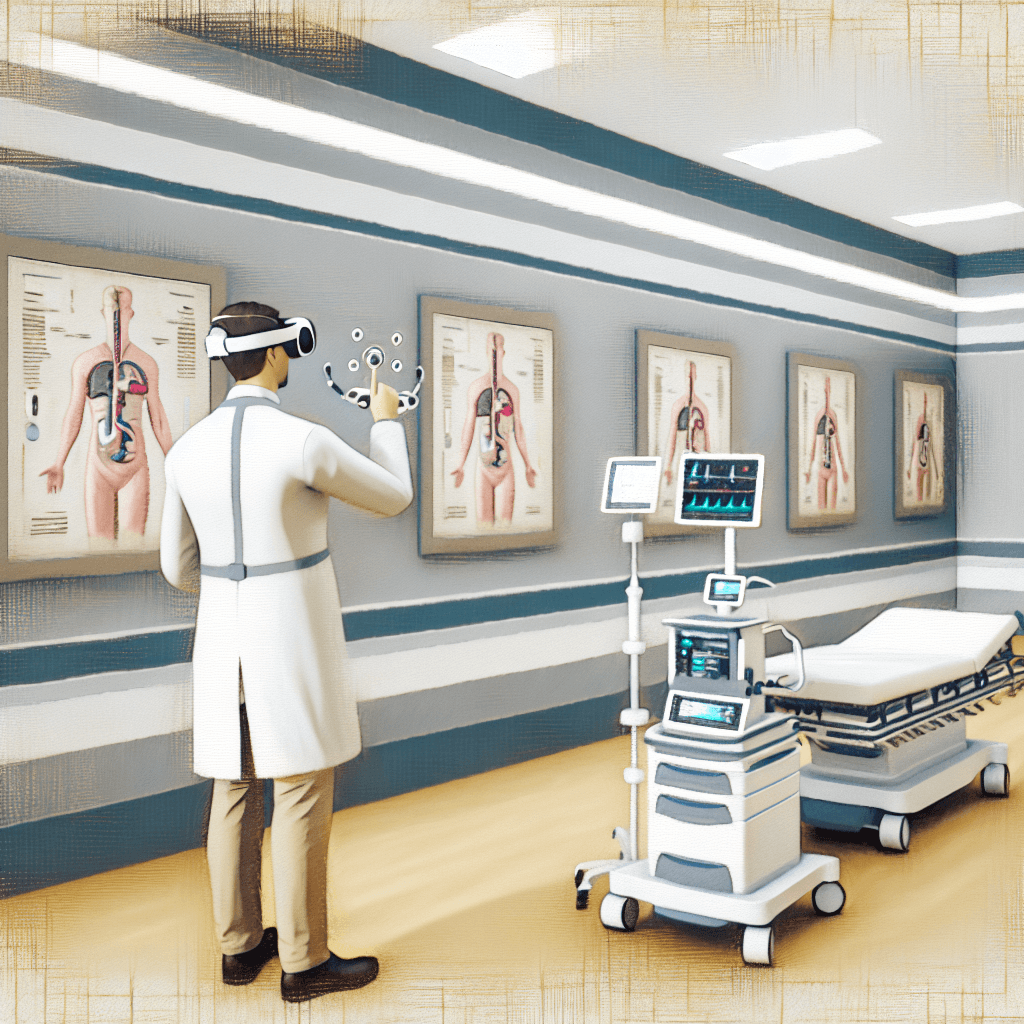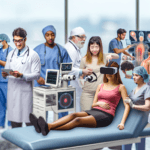Explore the growth of Europe’s AR and VR healthcare market, highlighting key trends, market size, and future projections.
Europe Augmented Reality and Virtual Reality in Healthcare Market Size

Table of Contents
Europe Augmented Reality and Virtual Reality in Healthcare Market Size

The integration of Augmented Reality (AR) and Virtual Reality (VR) technologies in healthcare is revolutionizing the medical field in Europe. These technologies are not only enhancing the way medical professionals train and perform procedures but are also improving patient outcomes and experiences. This article explores the current market size, growth factors, applications, and future prospects of AR and VR in the European healthcare sector.
Current Market Overview
The European market for AR and VR in healthcare has shown significant growth over the past few years. According to recent studies, the market is expected to continue expanding at a robust pace due to the increasing adoption of these technologies in various healthcare applications. Factors such as the aging population, the rise in healthcare expenditure, and the growing demand for innovative and effective medical treatments are driving this growth.
Key Drivers of AR and VR Adoption in Healthcare
Several factors are contributing to the accelerated adoption of AR and VR technologies in the healthcare sector across Europe:
- Technological Advancements: Continuous improvements in AR and VR technologies have made them more accessible and effective for medical use.
- Need for Better Training Tools: AR and VR offer revolutionary ways for medical professionals to train with real-life simulations, reducing risks in actual procedures.
- Enhanced Patient Care: These technologies are used to provide more personalized and effective treatment plans, improving patient outcomes.
- Support from Government Initiatives: Several European governments are supporting digital health innovations, including AR and VR, through funding and regulatory support.
Applications of AR and VR in Healthcare
AR and VR technologies are being applied in various areas of healthcare, providing innovative solutions to longstanding challenges:
- Medical Training and Education: Medical students and professionals are using VR simulations for surgical training and complex medical procedures without the risk of practicing on real patients.
- Surgical Procedures: AR is being used to overlay critical information, such as patient vitals and imaging data, directly into the surgeon’s field of view during operations.
- Patient Rehabilitation: VR applications help in creating controlled environments for physical, occupational, and psychological rehabilitation.
- Chronic Pain Management: VR has shown effectiveness in managing chronic pain by immersing patients in virtual environments that distract from pain sensations.
- Therapeutic Applications: AR and VR are used in treating conditions like PTSD, anxiety, and phobias, by exposing patients to controlled environments.
Case Studies Highlighting Success in Europe
Several European healthcare institutions have successfully integrated AR and VR technologies into their practices:
- Virtual Reality Therapy in Sweden: A clinic in Sweden has been using VR to treat patients with phobias and anxiety, showing significant improvements in patient outcomes.
- AR in German Surgeries: A hospital in Germany has implemented AR to assist surgeons by providing real-time imaging and patient data during procedures, enhancing the precision of surgeries.
Market Challenges
Despite the promising growth, the AR and VR market in healthcare faces several challenges:
- High Costs: The initial cost of AR and VR setups can be prohibitively high for some healthcare providers.
- Technological Limitations: Issues such as latency, image resolution, and user discomfort can limit the effectiveness of AR and VR applications.
- Regulatory Hurdles: Stringent regulations regarding medical devices can slow down the approval and integration of AR and VR technologies.
Future Prospects
The future of AR and VR in the European healthcare market looks promising. With ongoing technological advancements and increasing clinical acceptance, these tools are set to transform the landscape of European healthcare. Innovations such as mixed reality, which combines elements of both AR and VR, are expected to provide even more immersive and effective solutions for medical training and patient care.
Conclusion
The integration of AR and VR technologies in healthcare is setting a new standard for medical training, surgical procedures, and patient care across Europe. While there are challenges to overcome, particularly in terms of cost and technological limitations, the potential benefits of these technologies make them an invaluable asset to the healthcare industry. As Europe continues to embrace digital health innovations, the AR and VR market is expected to grow, further enhancing the quality and efficiency of healthcare services across the continent.
In conclusion, the European AR and VR healthcare market is on a trajectory of rapid growth and innovation. For healthcare providers and investors looking to stay ahead of the curve, understanding and leveraging these technologies will be key to future success.








